(Click here if you only want see pictures of Péro from Wills Lifestyle India Fashion Week)
Aneeth Arora is one Indian designer for whom I feel tremendous respect – as through seeing her clothes it is easy to read how committed she is towards creating pieces that tell a story, pieces that are more than just faddish fashion, pieces that one can fall in love with – to create fashion that has a conscience. Though I maintain an objective stance in how I discuss her work in more scholarly formats (for example in the book I am working on), personally I admire her work ethic and the aesthetic of her designs.
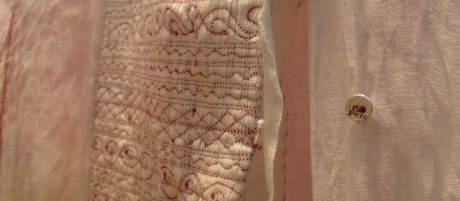
For those who are not familiar with Aneeth Arora or her label Péro– the name means ‘to wear’ in Marwari. More importantly however, over the past few years, her label has come to be synonymous with beautifully handmade, handcrafted pieces that, as I have said in an earlier post, could also be categorized under the title of sustainable design. This is because Aneeth tends to design garments where fit and trends are secondary, and craft and the emotional connect a wearer has with their clothes is primary. The style and shape of her clothing tends to follow classic unfitted cuts that allow the textiles to take center stage. For those who value such an approach, Aneeth’s garments become truly well-loved keepsakes. Additionally Aneeth is also conscious about ensuring her interactions with craftspeople and their products compliments the cultural history and aesthetic evolution of the craft itself. In other words, she does not tamper with the visual identity of the craft. Instead her injection of design innovation lies in subtle color, proportion and fiber related modifications, and she strives to use the same crafts and craftspeople across her collections, over multiple seasons; as opposed to fashionalizing a certain technique, region and craft for one season or for the sake of a theme, only to abandon it for the next season. In doing so she respects the timelines and risks that craft processes entail that do not follow fashion’s tights schedules.
As a result one could say that Aneeth, and designers of her ilk have successfully subverted some of the traditional frameworks of fashion that we have all come to be familiar with (i.e. by being opposed to fast fashion, side stepping seasonal fads, fashions shows – see Raw Mango). I believe these are all important steps in the trajectory of Indian design and fashion towards asserting and establishing itself as a legitimate global fashion center, with its local frameworks and visual identity.
When I first saw her designs in 2010, selling at Ogaan, I almost had to sit down and take a moment as even though aspects of the garments were culturally familiar to me (the textiles, the hand finishes and the Kedia like cuts for example) I had not seen anything like that before in relation to Indian fashion and designer wear till that point. I immediately recognized the love in the clothes – which is now literally communicated in her “labour of love” line – where a small heart embroidered on the garment indicates its hundred percent handmade-with-love status. Aneeth has researched, recreated and preserved numerous techniques of hand finishing practiced across India, such as Bakhiya (a type of back stitch from Gujarat), daraz (a decorative seam stitch from Lucknow), various darning techniques and kantha stitches and brought them into the fold – teaching and training, and through this supporting a number of women, who, in her own words, are a part of the Péro family.
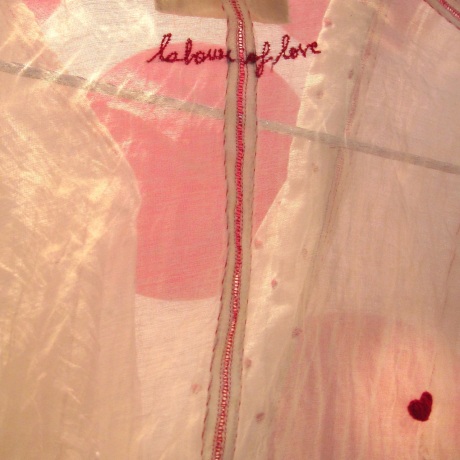
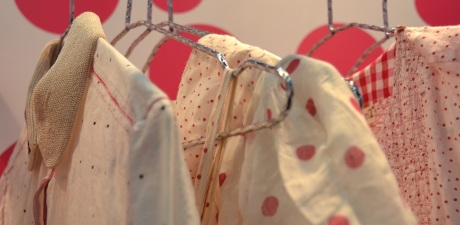
Alongside the labour of love line, Aneeth also showcased her S/S 2014 collection at Wills Lifestyle India Fashion Week (October 2013) for which another overarching theme was polka dots. Dots that had been sourced from a variety textile crafts practiced across India – Ikat, Chanderi, block printing, to name a few. A brilliant concept. Best enjoyed through a close inspection of the clothing – where dots and spots of different sizes, textures and techniques had been combined together and then contrasted with floral prints, checks, crochet and lace.
Beyond doubt, Aneeth’s show was one I was most looking forward to see at WLIFW (and have since thought most about). Besides the two points of emphasis (labour of love and dots) the catwalk performance had an early 20th century English-tea-party meets enchanted-garden theme. The collection had been accessorized with straw hats and hand embroidered and beaded English-styled purses, along with more contemporary injections of silver and pink shimmer boots and shoes. The garments were indulgently layered and unkempt – Aneeth’s signature.
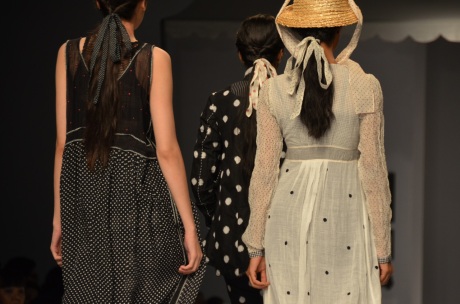
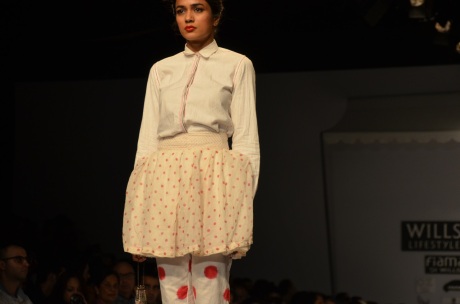
It is here that some of those who attended Aneeth’s show experienced a loss in translation, as the presentation of the garments undermined the depth in them (too pretty, too whimsical some said); while others responded positively to the designer’s vision, and attempt to indulgently lure the attendees into this vision.
In my case, I had foolishly (and greedily) visited her stall many times over the few days that I was at WLIFW, each time discovering new details (seams, hearts and dots) in the garments with a shameless sense of glee. So it was obvious that seeing them in such a detached format, on a ramp, was not as fulfilling an experience as seeing them up close. Indeed fashion shows can be limiting formats for communicating the subtlety of detail that I associate with Péro. Additionally, over time, it is easy to become weary of references to an idealized past that lies outside of the Indian reality, and in the West (the 20s, 50s, Romantic period, 70s, Paris, Spain etc.) – a common fact that Antonia Finnane also mentions as being popular in the context of Chinese fashion (Finnane 2008). This can be jarring at first, and it is easy to dismiss as blind mimicry; and to expect something more original or Indian in comparison. However, on closer inspection, especially in the scene unfolding in the background on the ramp, where a sari clad lady enjoys cupcakes and macaroons, sipping on what must be Earl Grey or English Breakfast tea, the subversion of the idealized Western image is worth noting.
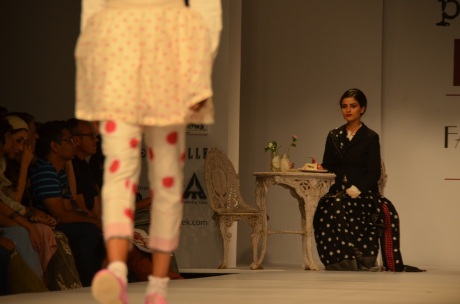
My only wish was for this to have been explored more deeply in the presentation – as it was reminiscent of the accounts I have read of Indian women and men during the turn of the last century, caught between dilemmas of maintaining traditional values and garb alongside the Western influences of the time, and their unique strategies of mix and match. And through these strategies asserting their own identities. In fact the sari as we know it in its most popular form is a result of such creative and cultural negotiations. (Sounds familiar?)
Here I was also reminded of my grandmother who continued to wear a sari throughout her life, but her exposure to Western lifestyles (ballroom dancing, English scones etc) and colleagues in the early 20th century meant that she too owned a fur muff, an ivory fan, lace parasol, many items that had been needle-worked by her and wore gloves when she shook hands with her majesty the Queen at the Taj Mahal. There were many grand ladies like her during her time, who I’m sure felt like cultural misfits on many occasions, but lived their lives gracefully and creatively nonetheless. This connection was a wonderful discovery for me, that was only made possible through more reflection about the show (not to mention I had some wonderful images as reference points).
Another unnoticed fact (perhaps someone has written about this already) is the irony of how Aneeth recreated nostalgia of and for the West through using Indian handlooms – could this along with her unkempt saris worn with boots be linked to theories of fashion and postmodernist pastiche? Aneeth may have been touching upon these factors in this show – but could have brought them to the forefront. Or perhaps opted for the straight, no-frills catwalk like Dev R Nil – and let the clothes speak for themselves? Either ways, I look forward to what she designs next!
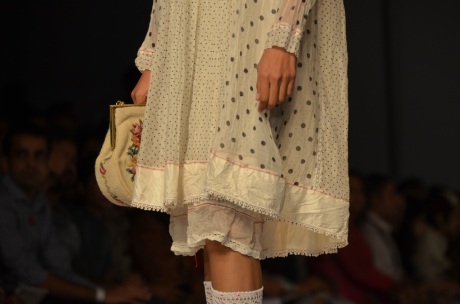
More images from the show here

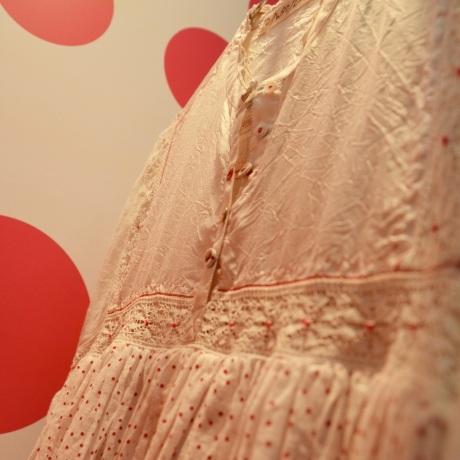
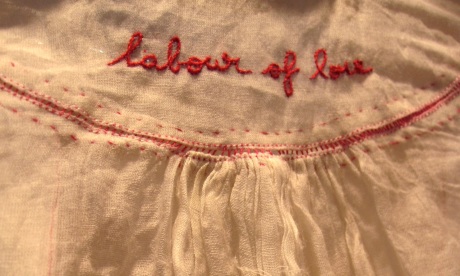
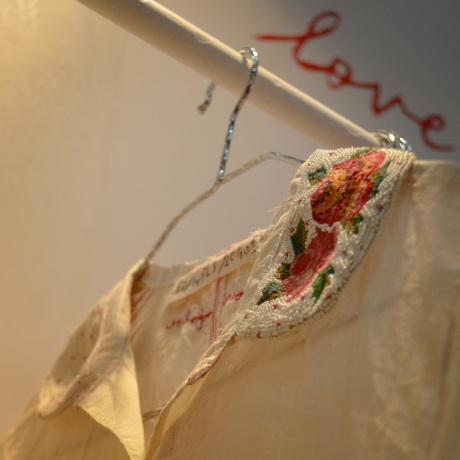
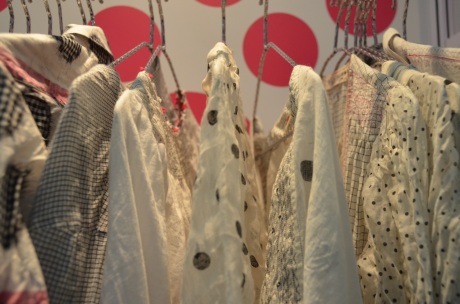
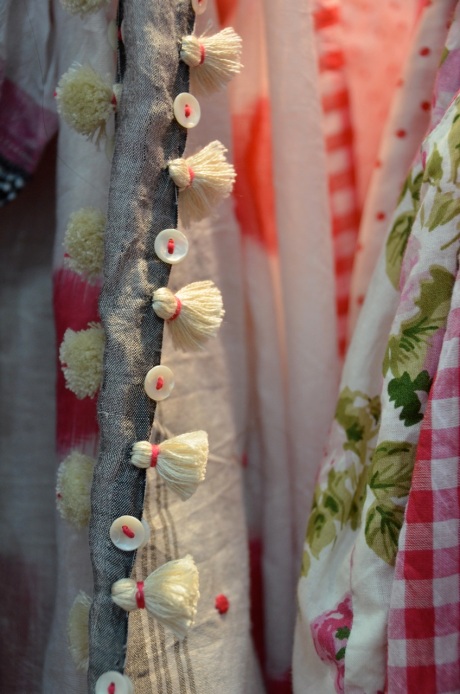
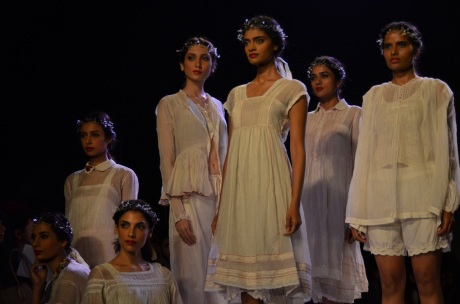
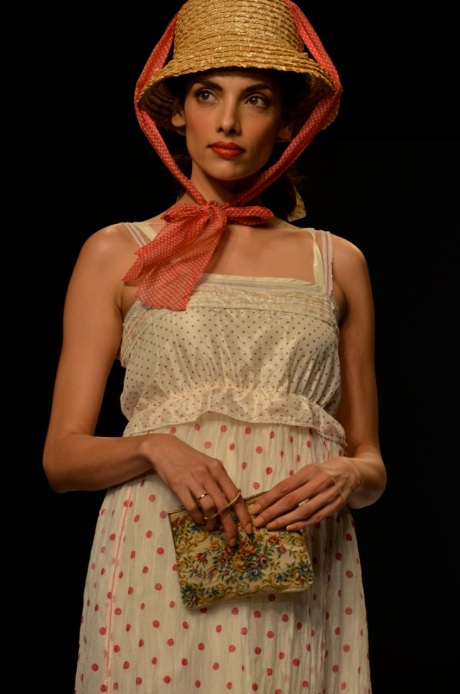
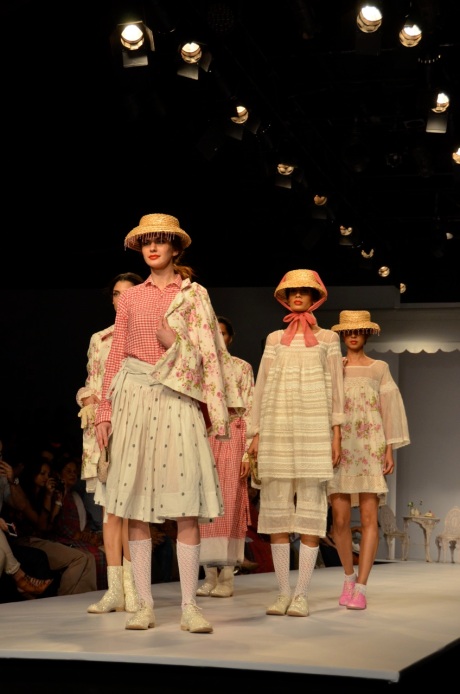
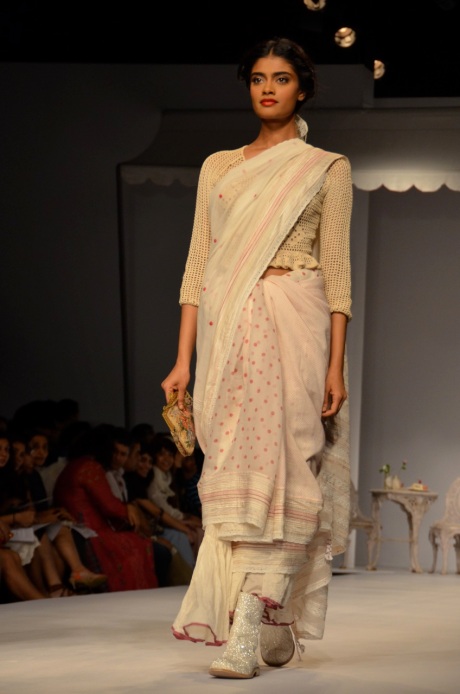
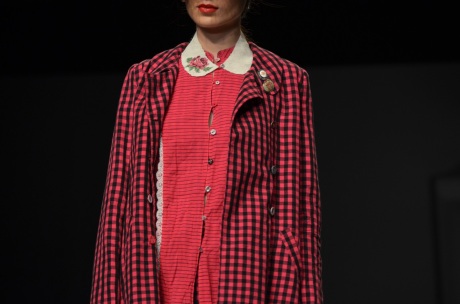
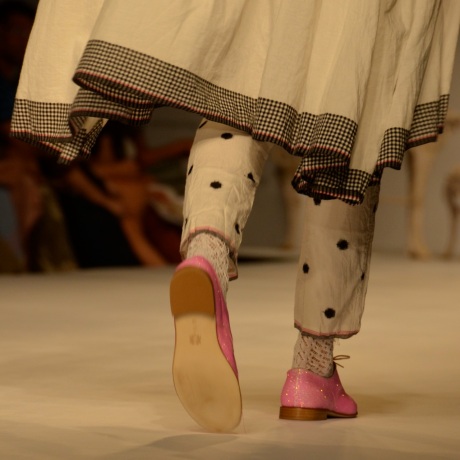
[…] Sandhu « Back to Basics at Bodice Finding ♥ at Péro (long post) […]
I quite like looking through an article that can
make people think. Also, many thanks for permitting me to comment!